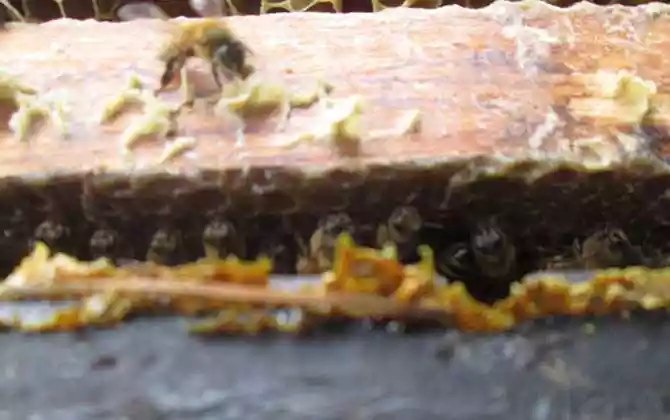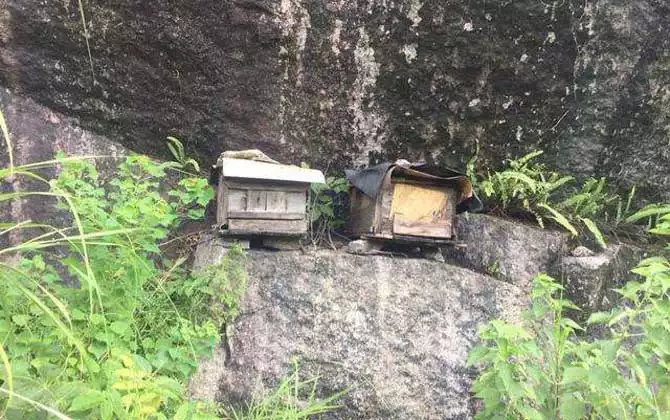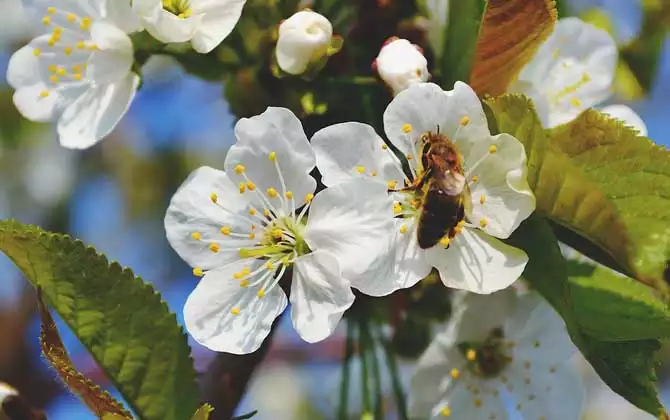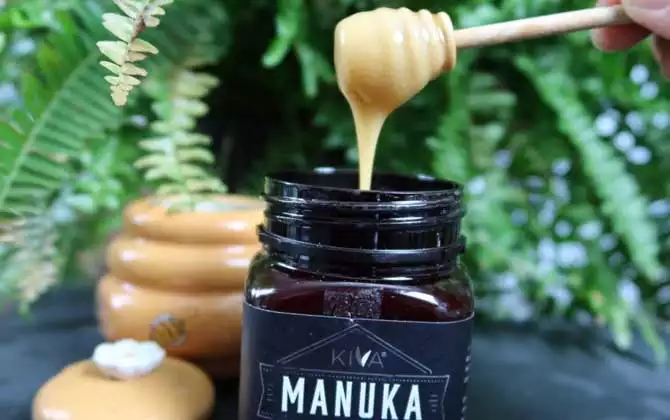Welcome contact us get latest quotation at [email protected]
Managing Honey Bee Swarms
- Strengthen the breeding of overwintering bees: Bees that have fledged in late autumn and have gone through excretion flights but are not yet involved in collecting activities are overwintering age-appropriate bees, which maintain their physiological youth and can endure the life of being trapped in the hive for a long time during overwintering. The more age-appropriate bees there are, the safer the overwintering period will be. Therefore, during the last nectar period, overwintering age-appropriate bees should be cultivated. In the process of breeding overwintering age-appropriate bees, please pay attention to the following tasks: timely replacement of the queen The one-age queen is later than the two-age queen to stop laying eggs and has a large amount of eggs, and the colony has an abundance of spleens. Therefore, during the last honey period in autumn, the old and inferior queen should be replaced in time to make full use of the newly laid queen to breed excellent overwintering age-appropriate bees.
- Expand the egg-laying circle: Take out the capped honey from the compressed egg-laying circle in time and adjust the number of spleens and honey spleens to expand the egg-laying circle to breed more bees.
- Reward feeding: Even if you are still in the honey flow stage, you must reward feeding to promote the queen bee to lay eggs actively. Two parts of mature honey or one part of sugar and one part of clean water should be fed to each group of 0.5-1 kg per day, at least once every other day, until the honey is stored and not compressed for egg production. Reward feeding should be done at night to prevent bee theft.
- Proper intensive swarming: At the end of the honey flow period, as the number of bees decreases, the excess hive spleen should be drawn out in time to keep the spleen proportional (a foot frame of bees put in a hive spleen).
- Proper insulation: In autumn, the temperature difference between day and night is great. In order to avoid the low temperature at night, which affects egg laying, you can add insulation on the secondary cover and the bottom of the nest box, and it is better to cover the top of the box cover with dead grass.




